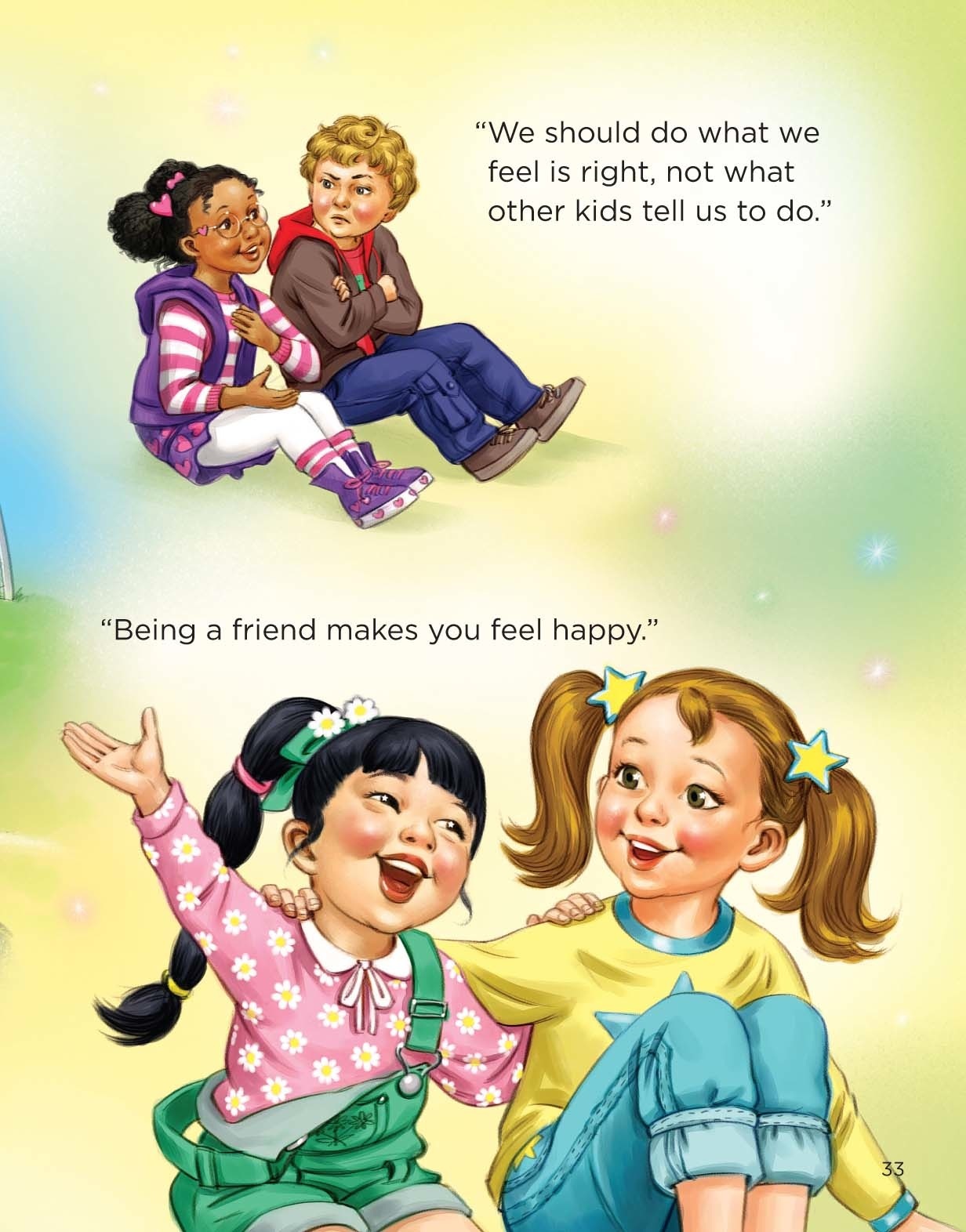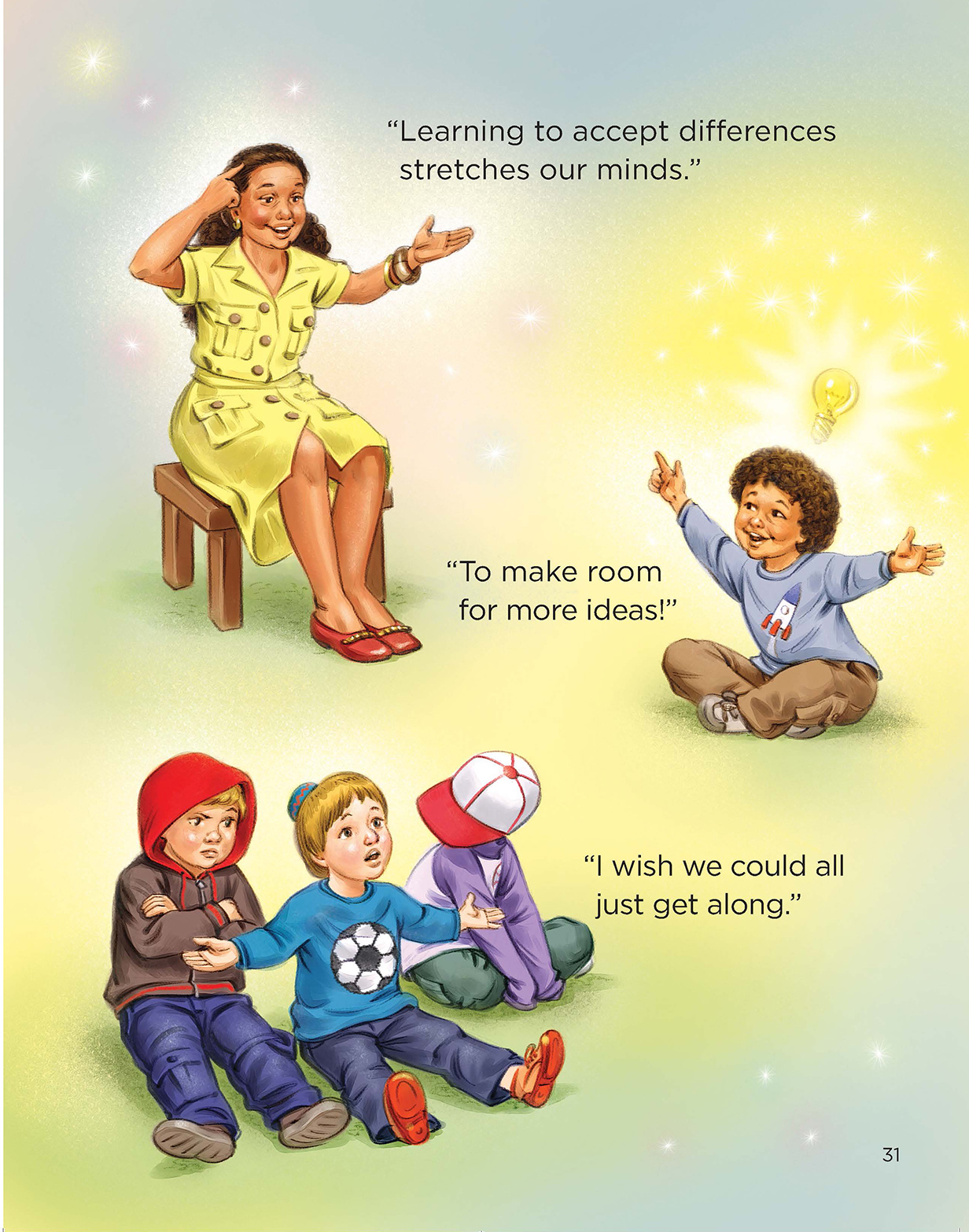Every day the world is alerted to the threat of terrorism either from foreign countries or from more rare homegrown terrorists. In the United States, these threats, though frightening, hold the promise of being deterred because of protection by law enforcement provided by our government. As citizens, our right to protection is taken for granted. But this is not so for many kids at school.
We are all familiar with the many news reports and personal blog posts by parents that tell of horrific experiences of children at school who endure ongoing severe physical and emotional torture at the hand of a classmate or classmates while other students watched. In these cases there was no restraint or preventative measures by school officials. These children were assaulted because of a variety of reasons causing them to be perceived as “different.” Since all children enter the public arena of school with differences, it means that any child can be the next victim of unprovoked harassment.
As citizens of a democratic society, how would we feel if we were assaulted in our community or workplace, with witnesses watching, some encouraging the behavior, to find that there were no rules in place to outlaw this behavior? Or if there were laws, those in charge of implementing them turned their backs on you, thereby protecting the aggressor? And to know that you would be the victim of this terror every day as you go through your required daily routine?
The experiences of these children cry out that schools must make it their responsibility to implement programs to prevent and end bullying. How can children learn in lawless environments where they are scared to walk down a hallway, eat lunch in the cafeteria, or enter the playground? How can children maintain the spirit and effort to learn if their self-esteem is diminished on a daily basis?
As parents, how helpless we feel not to have control over what is happening to our children at school. Parents can take charge by establishing communication with school administrators and teachers. They must demand that administrators and teachers take responsibility to establish rules of behavior, pay attention to what is going on, and respond powerfully to unacceptable behaviors.
There are excellent programs available to schools for helping children become comfortable with differences. When modeled properly by teachers, children are receptive to accepting and celebrating each other’s differences rather than excluding, fearing, and bullying those who appear different. These positive attitudes should be encouraged in the earliest grades before negative thoughts set in which can later lead to destructive behaviors.
Since bullying does not go away by itself, children must be taught skills to resolve social conflict. They can be taught to  cooperate together to come up with multiple solutions to resolve conflict. All children should feel emotionally and physically safe as valued members of their classrooms. Teachers setting up classroom environments with rules based on shared values of proper social behaviors prepares children to grow into responsible adults.
cooperate together to come up with multiple solutions to resolve conflict. All children should feel emotionally and physically safe as valued members of their classrooms. Teachers setting up classroom environments with rules based on shared values of proper social behaviors prepares children to grow into responsible adults.
Sharon Fialco
Author/Starabella Audio-Musical-Picture Book Series of social sensitivity
For children ages 2-8
Miss Maradise, classroom teacher in Book three of the Starabella series says: “Our classroom is like a big family. When someone in our family isn’t happy, no one is as happy as they can be.”

Speak Your Mind